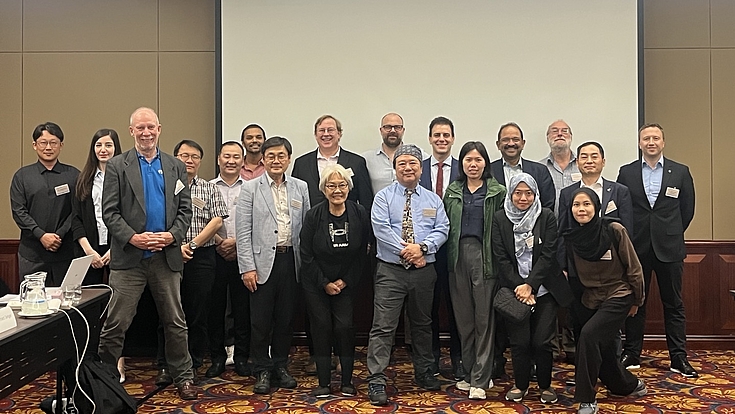Conference
Side event at the East Asian-Australasian Flyway Partnership (EAAFP) #MOP11 - Cooperation between the Central Asian Flyway and the EAAF

Flyways around the world are characterized by different degrees and forms of institutionalization for international cooperation to save migratory birds. For example, African-Eurasian Flyway has intergovernmental cooperation for the conservation of waterbirds, the EAAF has found a unique form of partnership between nations, INGO, IO and others. The Central Asian Flyway, on the other hand, is still in the early stages of looking at options for institutional arrangements. However, due to the nature of bird migration, challenges in one part of the flyway affect other parts. In addition, some countries may be geographically and ecologically located in more than one flyway. Therefore, international cooperation can have significant advantages for the flyway.

In the last twenty years, the Convention on the Conservation of Migratory Species of Wild Animals (CMS) brought together governments to discuss protection of migratory species, including waterbirds and land birds, in the Central Asian Flyway. Additionally, many actors – INGO and national or local NGO – had projects to protect certain sites or certain species. However, a coordinated approach was lacking, making some initiatives difficult to sustain. In the workshop, Dr. Ivan Ramirez and Dr. Tilman Carlo Schneider of CMS gave an overview of the work done at CMS to protect the Central Asian Flyway. Xianji Wen of WWF Hong Kong gave an overview of the Asian Waterbird Conservation Fund supporting projects mainly in East Asia, but also Central Asia. Spike Millington of the International Crane Foundation (and former Chief Executive of the EAAFP) recalled successful stories of cooperation in the last years, but also challenges. He maintained that the current momentum on closer cooperation should be seen as a unique opportunity to bring stakeholders together. Dr. Nyambayar Batbayar of the Wildlife Science and Conservation Center of Mongolia presented examples for migratory routes in the Central Asian Flyway, showing how important cooperation of countries is, including some already covered in the East Asian or the European-African flyway. Dr. Taej Mundkur of Wetland International discussed way for better cooperation in the flyway. Simba Chan of Hong Kong Bird Watching Society pleaded for inclusion of land birds in the largely landlocked Central Asian Flyway.
This side event built on the issues discussed in November 2022 at the Hanns Seidel Foundation / EAAFP conference in Songdo Incheon, to discuss further steps for the institutionalization of the CAF and communicate the challenges and solutions to a broader community of related scientists and practitioners in the EAAF. HSF Korea carries out this work as part of the international climate and environment project of Hanns Seidel Foundation.
